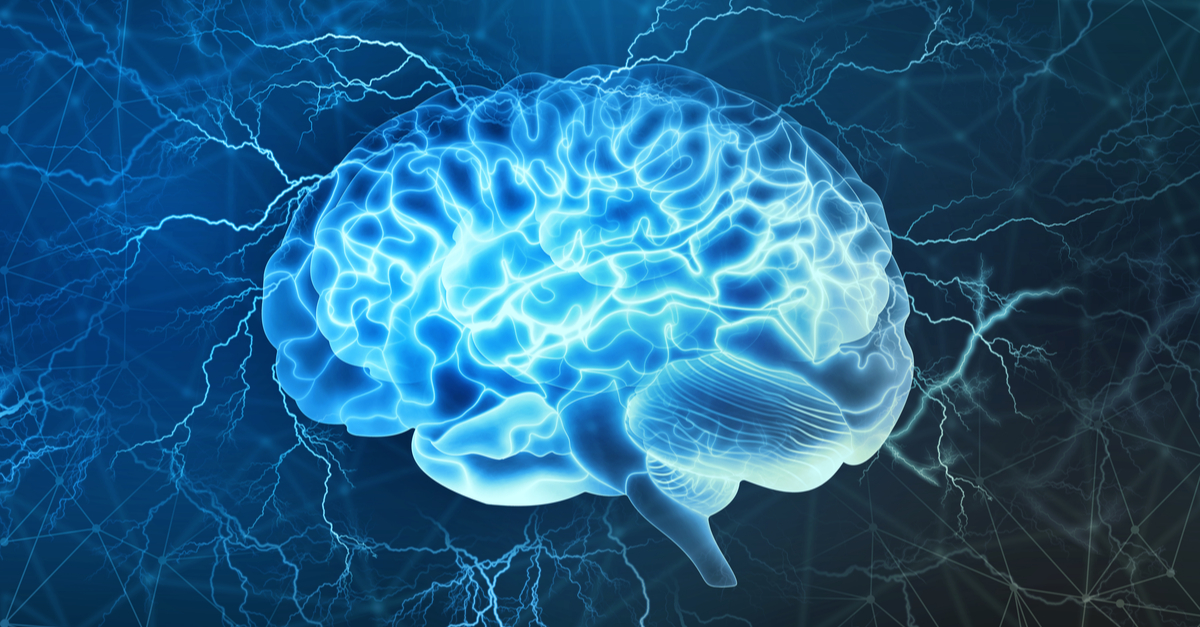 Dr. Robert Weiss LCSW, CSAT
Dr. Robert Weiss LCSW, CSAT
Addiction is not a moral failing, a sign of weakness, or a lack of willpower. It is a brain disorder. Addictions take root not because alcohol, drugs, sex, porn, and the like are so pleasurable that we can’t resist them, but because the brain constantly changes and adapts to the inputs it receives. Technically, this process is referred to as neuroplasticity.
For many years, scientists believed that once the brain was fully developed, it basically remained static. (This lack of understanding kept us in the dark about the true nature of addiction.) It is only in the last few decades that we’ve learned the brain is malleable throughout the lifespan. The brain changes over time. It continually reorganizes; it continually creates new neural connections based on in-the-moment inputs. Every time we learn new things, experience new things, or remember new things, neuroplasticity occurs.
Both behavior and environmental factors influence neuroplasticity. Let’s say we’re in a car accident (an environmental factor) and because of severe head trauma we lose our ability to see. When that happens, our brains automatically adjust in ways that compensate for the loss. Basically, we will develop a heightened sense of hearing, touch, taste, and smell.
Unfortunately, the brain also adjusts to addictive inputs. Neurons that consistently fire together will eventually ‘wire together,’ creating a well-worn, easily accessed pathway in the brain. This tendency of neurons to wire themselves affects addiction and recovery because one input – an ad for an alcoholic’s favorite scotch, for instance – can set off a chain reaction of neurobiological activity that leads to compulsive drinking. As soon as we touch one part of a neural pathway, the whole pathway is activated.
And that’s only half of the addiction story.
Addictive substances and behaviors trigger the release and reception of dopamine (and related neurochemicals) in the brain. Basically, these external inputs trigger the brain’s ‘reward’ system. This is the part of our brain that gives us rewards (feelings of pleasure) for behaviors that help us survive as both individuals and collectively as a species. For example, cooperation, food, belonging, and sex are all behaviors that are essential for survival. Thus, our brains reward these behaviors with little bursts of dopamine.
Unfortunately, addictive substances and behaviors can hijack our natural rewards process, causing the release of huge blasts of dopamine – significantly more than we get from natural rewards like feeling connected or eating a slice of chocolate cake. Meth, for example, releases ten times as much dopamine as a nice meal.
Sounds great, right? And it can be the first few times you use it. But relatively quickly, neuroplasticity kicks in and the brain adapts to the unnatural amount of dopamine. Typically, the brain will either produce less dopamine or reduce the number of neurons that can receive it. (Dopamine is like an electric lamp. You have to plug it in before it works.) Sometimes the brain does both. Either way, the brain ‘turns down the volume’ on the addictive input.
Addicts refer to this neuroplastic adjustment as tolerance. When a person first starts drinking, a single beer might get that individual buzzed. Over time, depending on how much that person drinks, he or she might need three or four beers, or a twelve-pack, or several shots of hard alcohol to feel the same buzz. The same is true with sexual behaviors, especially pornography. Tolerance develops and usage escalates.
Whatever the addict’s drug of choice, as usage escalates, the brain continues to adjust, reducing the amount of dopamine produced or reducing the number of dopamine receptors (or both). Unfortunately, this turns down the volume on more than just addictive inputs. All forms of pleasure, including pleasure from natural rewards like eating a nice meal, being friendly, and feeling connected, are dampened.
Over time, many addicts find it difficult to experience pleasure through either normal or addictive means. They are unable to experience natural rewards at all, and with their addiction they are simply feeding the beast – using not to get high, but to get back to ground zero. This inability to feel pleasure is known as anhedonia. Anhedonia occurs because, as stated above, when the brain turns down the volume on the addiction, it affects the entire reward system. The volume is turned down on everything.
The good news for addicts is that the brain resets in sobriety. The reward system eventually (usually around the six-month to one-year mark) returns to baseline. Until that happens, however, addicts may struggle to enjoy life, to connect, and to maintain sobriety. Often, it helps such addicts to know that this inability to feel pleasure is a temporary phase of recovery and the brain is healing as fast as it can. Eventually, they will be able to enjoy all aspects of life – even the smallest and simplest of pleasures.
* * * * * * * * * *
If you or someone you care about is struggling with sex, porn, or substance/sex addiction, help is available. Seeking Integrity offers residential treatment for sex, porn, and substance/sex addicts, as well as low-cost online workgroups, including a workgroup specifically for male sex addicts.
